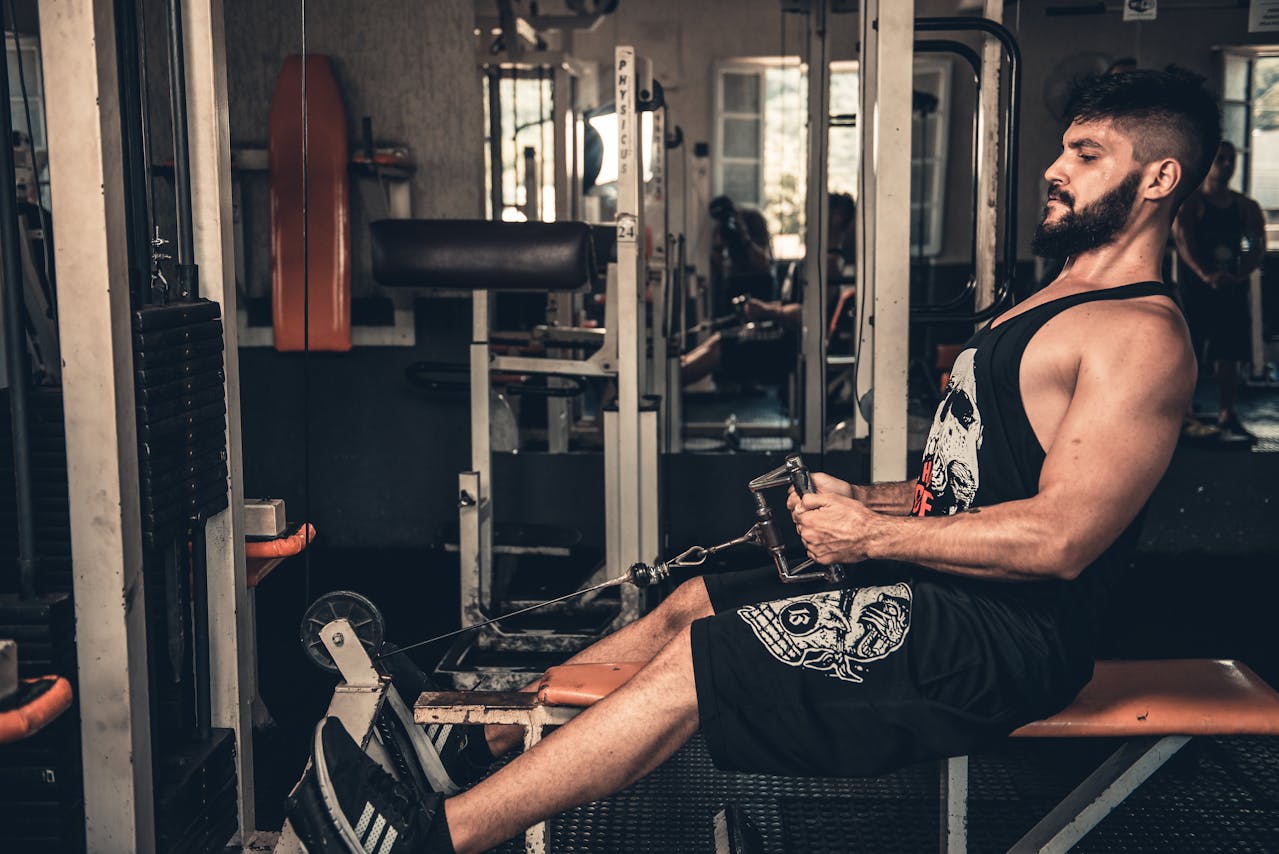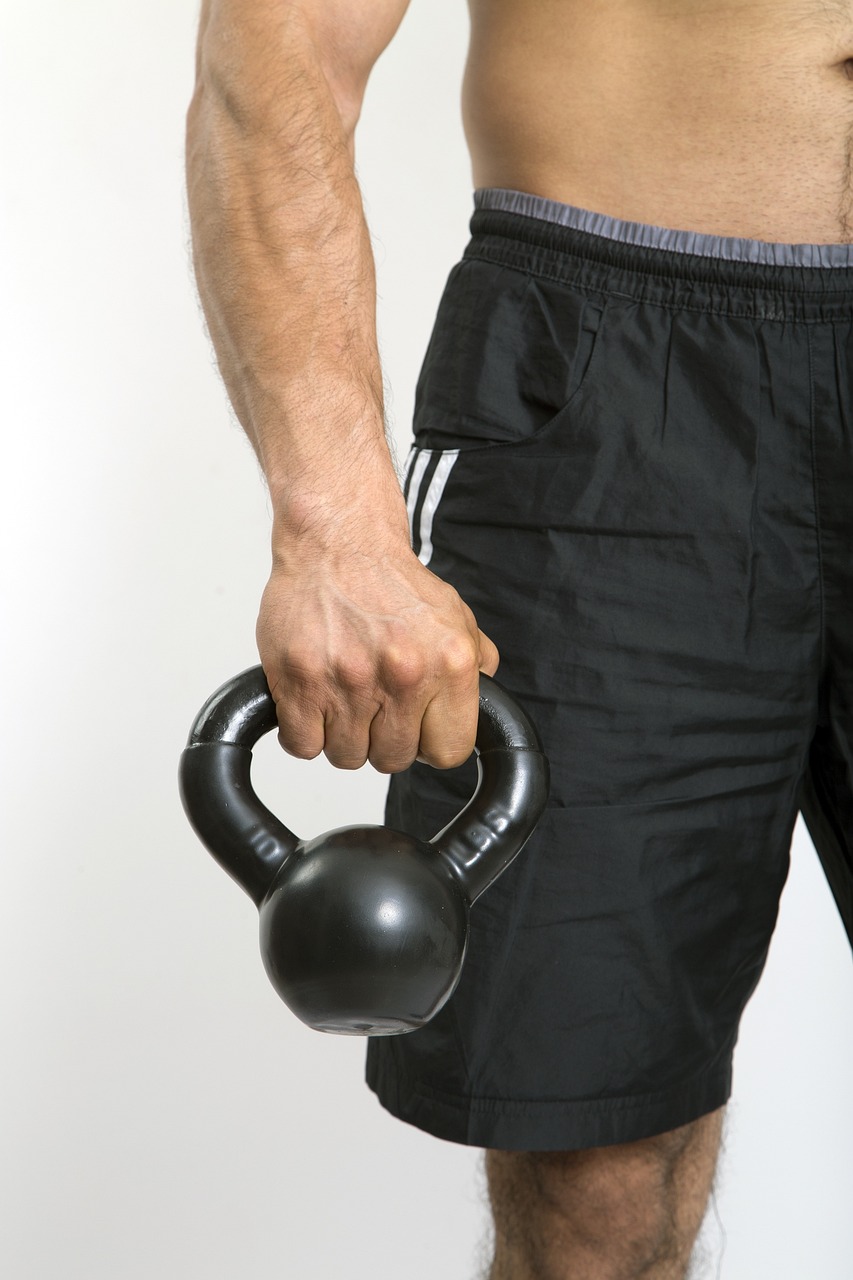Many clients enter the gym with the misconception that resistance training should focus solely on one or two aesthetically pleasing muscle groups. They often overlook the importance of balanced strength and functional movement, leading to disproportionate development and increased risk of injury. As a health and fitness professional, it is essential to guide clients toward a more comprehensive approach that enhances both performance and overall health. Encouraging full-body training with a focus on joint stability, muscular symmetry, and mobility ensures that clients build a foundation that supports long-term progress and reduces the likelihood of imbalances. Proper resistance training should not only sculpt the body but also improve coordination, endurance, and injury prevention.
Penetrate the Not-So-Thin Veneer of Ignorance
Every client has a reason for starting a fitness journey, but those reasons are not always well-informed. Some may seek rapid muscle growth without understanding the principles of progressive overload, while others fear lifting weights due to myths about bulkiness. As a professional, it is crucial to educate clients on the benefits of resistance training beyond aesthetics, including improvements in metabolism, bone density, mental health, and functional movement. Providing evidence-based knowledge helps dispel common misconceptions and empowers clients to make informed decisions about their fitness routine. An educated client is more likely to stay consistent, motivated, and engaged with their training program in the long run.
Judge for Yourself
While clients may have specific fitness aspirations, their actual needs often differ from their initial expectations. A person aiming for larger muscles may actually require mobility work and postural correction before they can safely engage in hypertrophy training. Conducting thorough assessments—including postural analysis, movement screenings, and strength tests—helps identify potential weaknesses or imbalances that could affect progress. Understanding these factors allows trainers to design programs that not only help clients achieve their goals but also build a strong foundation for long-term success. Aligning a client’s desires with what their body actually requires ensures safer, more effective training with better long-term outcomes.
Carefully Study the Situation
A thorough understanding of a client’s physical condition is fundamental to proper exercise selection. Trainers must analyze movement mechanics, joint stability, and muscular imbalances to determine the safest and most effective exercises. This includes considering previous injuries, flexibility limitations, and individual biomechanics to prevent unnecessary strain on vulnerable areas. Recent research highlights the importance of incorporating mobility drills and activation exercises before heavy lifts to optimize performance and reduce the risk of injury. By carefully studying a client's physical structure and movement patterns, trainers can tailor workouts to enhance strength while simultaneously improving stability, coordination, and functional performance.
Balance Analytical Findings with Key Program Factors
Even with precise assessments, a training program must be adaptable to real-world constraints. Clients have different schedules, gym access, and levels of experience that impact their ability to commit to complex workouts. A well-structured resistance training plan balances scientific precision with practical execution, ensuring that exercises fit within a client’s available time, environment, and personal preferences. For example, a busy professional with limited training time may benefit more from full-body sessions instead of a traditional split routine. Recognizing these factors ensures that fitness programs remain realistic, sustainable, and aligned with the client’s lifestyle, leading to greater adherence and long-term success.
Identify the Choices - Emphasis Where It Belongs
After assessing client needs, limitations, and goals, the next step is selecting appropriate resistance exercises. While compound movements like squats, deadlifts, and presses are foundational, some individuals may require modified variations to accommodate mobility restrictions or strength imbalances. A beginner with poor hip mobility may benefit more from goblet squats than barbell back squats, while someone recovering from a shoulder injury might perform landmine presses instead of overhead presses. The key is to identify exercises that provide maximum benefit while considering safety, comfort, and individual biomechanics. Choosing the right movements ensures that training remains effective and injury-free.
Not all exercises are universally effective for every individual. Even when a movement is biomechanically sound, it must also feel comfortable and engaging for the client. Some people respond better to free weights, while others may benefit from machines or resistance bands due to joint sensitivities or past injuries. Additionally, psychological factors play a role—if a client dreads a specific exercise, they are less likely to remain consistent. Trainers must refine their selections to find the best balance of effectiveness, safety, and enjoyment. A well-matched exercise selection ensures greater commitment, better movement patterns, and long-term success in resistance training.
Training should prioritize movement quality over ego-driven numbers. Many clients focus excessively on lifting heavier weights, often at the expense of proper form and range of motion. This approach not only limits muscle engagement but also increases the risk of injury. Emphasizing control, technique, and muscle activation leads to better results than simply increasing resistance indiscriminately. Recent research underscores the benefits of time-under-tension techniques for maximizing strength and hypertrophy without the need for excessive loads. By teaching clients to prioritize execution over weight, trainers help them build a stronger, more resilient body while minimizing unnecessary strain on joints and connective tissues.
Observe the Outcome - Keep an Open Mind
Tracking progress extends beyond increasing weights or counting repetitions. Effective monitoring includes assessing improvements in movement efficiency, endurance, posture, and recovery. Regular reassessments help identify whether a program is yielding the intended results or if adjustments are necessary. Trainers should evaluate not just numerical strength gains but also qualitative factors such as reduced discomfort, improved coordination, and enhanced confidence in movements. Adapting workouts based on these observations ensures continued progress while preventing plateaus or overtraining. Keeping a detailed log of client development allows for more precise programming adjustments and better long-term success.
Flexibility in training philosophy is essential, as fitness is an evolving science. New research continuously refines our understanding of optimal strength development, injury prevention, and workout efficiency. Trainers must remain open to modifying their methods based on emerging evidence, client feedback, and evolving personal needs. A rigid approach to programming can lead to stagnation, frustration, or even injury. By staying adaptable and informed, fitness professionals can provide the most effective, science-backed strategies to help clients achieve their goals in the safest and most efficient manner possible.
Incorporate Current Research and Trends
Advancements in sports science have refined resistance training strategies, offering new insights into optimizing strength and hypertrophy. Recent studies highlight the benefits of eccentric training for joint health, blood flow restriction techniques for muscle growth in limited time frames, and neuromuscular activation drills for enhancing power output. The inclusion of variable resistance methods, such as accommodating resistance with bands or chains, has also gained popularity for maximizing force production. Keeping up with these trends ensures that clients receive the most up-to-date, evidence-based recommendations, ultimately leading to better results and more engaging training experiences.
Resistance training is a complex yet rewarding discipline that requires careful exercise selection, ongoing assessment, and adaptability. By considering each client's unique needs, capabilities, and goals, fitness professionals can design programs that maximize both safety and effectiveness. A well-rounded approach that prioritizes education, technique, and scientifically backed strategies ensures that clients achieve long-term strength, resilience, and overall health. Through informed guidance, trainers empower individuals to reach their full potential in a way that is both sustainable and enjoyable.












